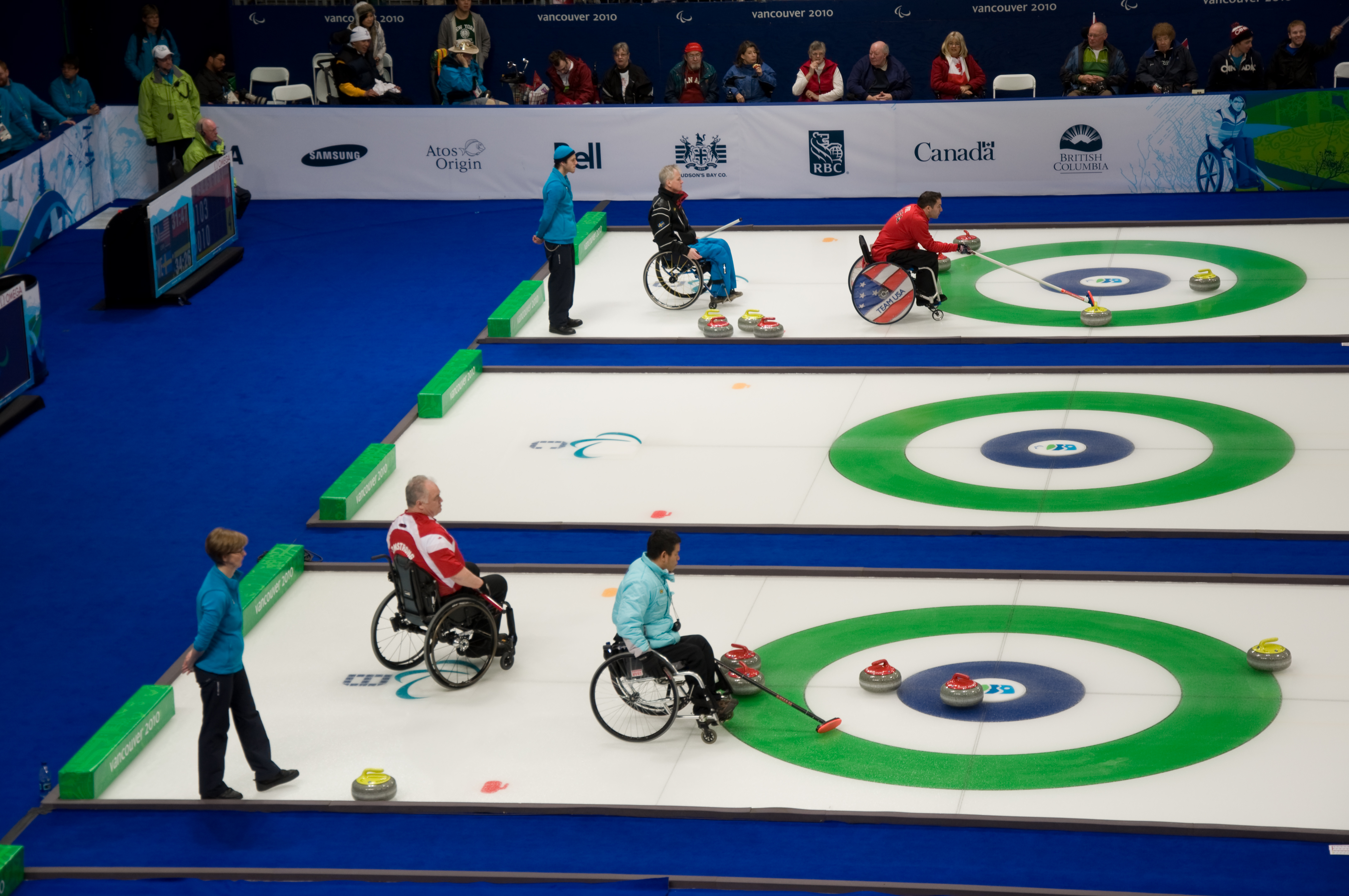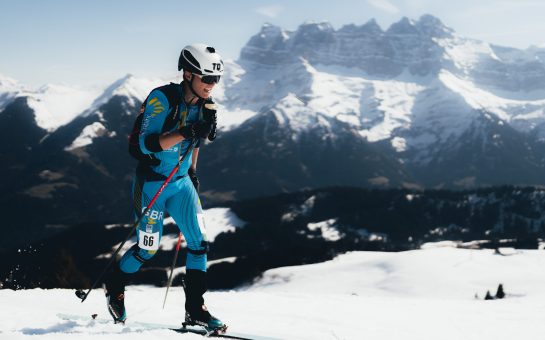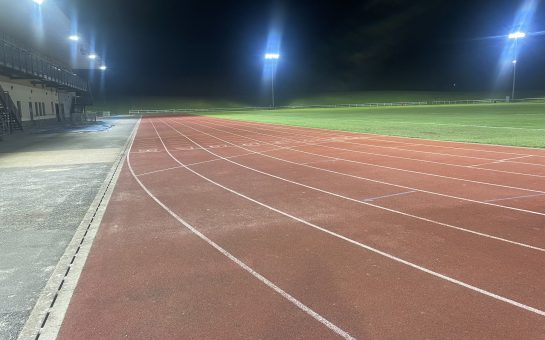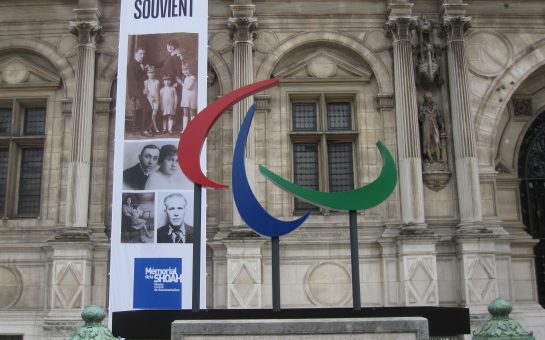With the Winter Paralympics beginning tomorrow in Beijing, SWL takes a look back at the history of the Games.
Although the Winter Olympic Games started in 1924, it took another 52 years for the Winter Paralympics to arrive.
The first Paralympic Games in 1976 took place in Örnsköldsvik, Sweden and it was the first Paralympics, summer or winter, that did not solely involve wheelchair athletes.
Austrian double-leg amputee skier Sepp Zwicknagl helped found the Paralympics by spearheading technological advancements for disabilities in winter sports in the early 1970s.
Thanks to his efforts to enhance accessibility, the first ever ski competition for the physically impaired took place in 1974 and just two years later, the inaugural Winter Paralympics was born.

Credit: Australian Paralympic Committee via Wikimedia Commons under CC BY 3.0 license
At the Örnsköldsvik Paralympics, there were a total of 198 athletes from 16 different countries who competed in alpine and Nordic skiing – the only two events.
Ice sledge racing was a demonstration event at these Games and was officially introduced in full in 1980, but it was subsequently discontinued eight years later.
In 1988, the biathlon was introduced to the Winter Paralympics with ice sledge hockey soon to follow in 1994.
Since the turn of the century wheelchair curling has been added to the agenda and the most recent addition, para-snowboarding, burst onto the scene in 2014.

Credit: popejon2 via Wikimedia Commons under CC BY 2.0 license
In terms of the all-time Winter Paralympic medal table, Germany are top with a total of 364 medals, of which 137 are gold.
Norway, USA and Austria are the other three nations with over 300 total medals and over 100 golds, while Great Britain have 34 overall with 12 golds.
The Winter Paralympics have been a wholly positive development to the snow sports scene, but it has not come without its controversy.
At the 2002 Salt Lake City Paralympics, skier Thomas Oelsner won two gold medals in the alpine events before they were stripped from the German as he tested positive for steroids.

Credit: Australian Paralympic Committee via Wikimedia Commons under CC BY 3.0 license
Boosting blood pressure to improve performance levels and over-representing an impairment to compete in a different classification are other methods Paralympians have used to gain a competitive edge.
Up until 1992, the Winter Paralympics were not hosted in the same city as the Winter Olympics, with Geilo, Norway hosting in 1980 and Innsbruck, Austria hosting both 1984 and 1988.
Now, the Winter Paralympics have grown with an average of over 500 competitors at each Games and there will be a record number of Paralympians at Beijing 2022, with 736 competitors in total.
You can read about GB’s medal hopes at the 2022 Winter Paralympics here.
Featured image credit: Australian Paralympic Committee via Wikimedia Commons under CC BY 3.0 license




